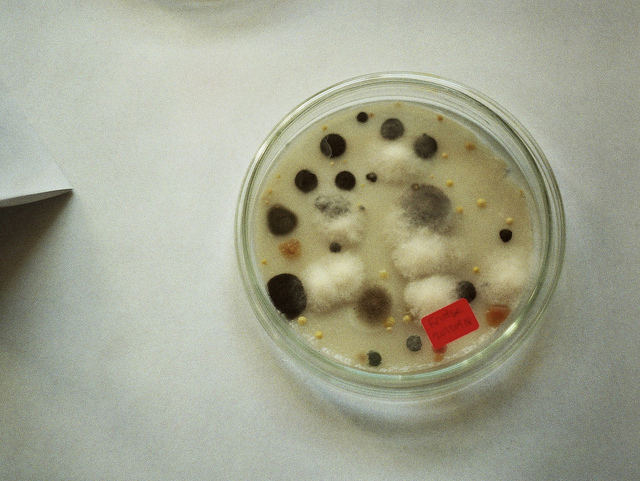The “five-second rule” is the popular notion that food dropped on the floor is considered safe to eat if picked up within five seconds. The logic behind this rule is that bacteria need time to transfer to the food. Although most adults (hopefully) refrain from eating off the floor, whether or not they believe in this rule, often times, children unhygienically hold the “five-second rule” to be true.
Rutgers University professor in food science Donald Schaffner has proven that cross-contamination begins in less than one second, debunking the logic behind this rule. In an experiment conducted at Rutgers University, four surfaces and four different foods were used to look at four different contact times (the length of time the food was in contact with a particular surface). The results of the experiment concluded that the wetter the food and the longer the contact time, the higher the chance of bacteria transfer. For example, a piece of watermelon, compared to a gummy candy, had more contamination because a slice of watermelon is significantly wetter than a gummy candy. This conclusion was derived from the fact that bacteria move more easily with moisture due to their lack of legs.
Image Source: Image Source
Moreover, the food’s shape and the surface on which food is dropped affect the degree of contamination. A food item with a smaller surface area, such as a chunk of rock candy, may pick up less bacteria than a piece of food with a larger surface area, like a flat piece of cheddar cheese. Additionally, an apple dropped in the toilet versus one dropped in the backyard will carry different amounts of bacteria because a toilet will probably have more bacteria and microbes.
Although the type of food, the surface on which the food is dropped, as well as several other factors may change what kind of bacteria and how much bacteria are transferred onto the food, once food is contaminated, it cannot be sanitized. Therefore, researchers recommend the saying “when in doubt, throw it out” over the commonly believed “five-second rule”.
Feature Image Source: 30.09.2013 by foam










